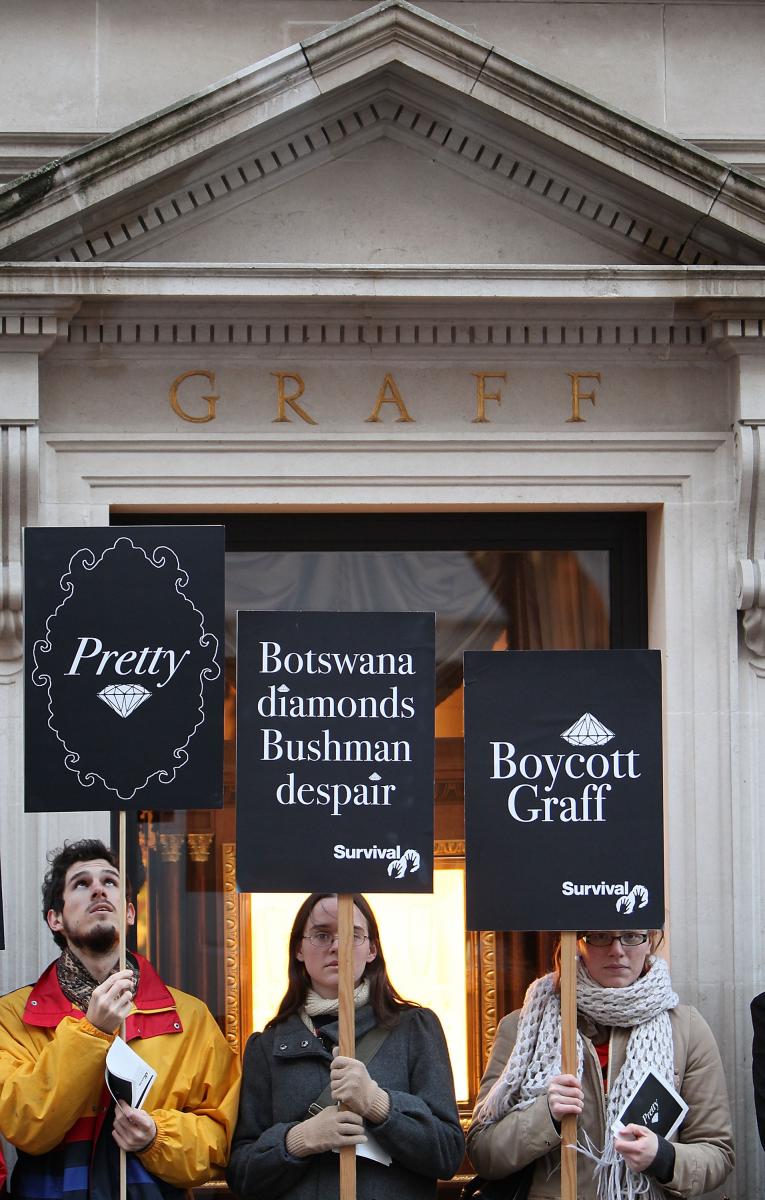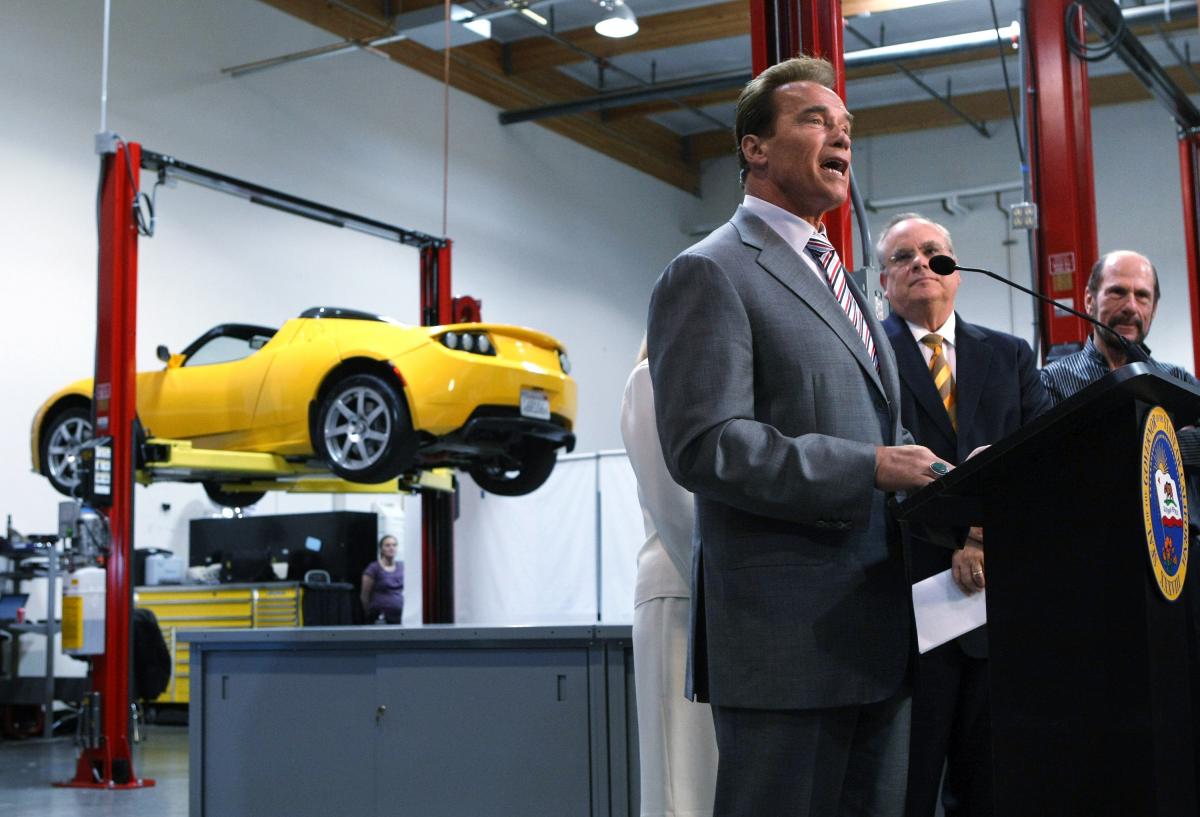Luxury goods companies can encourage sustainable values with their counterintuitive business models and out-of-the-box thinking
Luxury brands rely on brand love. To appeal to customers who are used to the best, to arouse aspirational desire, to inspire creativity and passion among their designers and artisans, luxury brands must instil respect, pride, and devotion. Yet luxury brands have been slower than others to openly embrace sustainability and social responsibility. In part, this is a matter of complacency with their prior achievements. Luxury brands have a long history of treating rare materials with due care and respect for their preservation. Their artisans are no mere labourers, and luxury brands have always understood that appropriate working conditions are a prerequisite for producing the quality work they require.
Luxury brands also have a long history of philanthropy and support for the arts. So, when challenged on their practices, luxury brands can truthfully claim that they have been pursuing sustainability and social responsibility all along. But the world has also moved on. Promoting the arts is a limited view of luxury’s role in the world and what it represents to people. In the shift from “if” to “how,” luxury brands must not just be supporters, but proactive problem solvers. And they have to make the quantum leap from being responsible businesses to actually creating shared value.

This leaves luxury firms with a complex dilemma. How do you reconcile public demand for accountability with consumer demand for products and investor demand for profit and growth?
How do you motivate teams to reengineer processes and think differently about their work? How do you integrate the growing awareness of communal needs into a value proposition centred
on self-indulgence? Shared value is more than just a mechanism like sustainability, or a philosophy like social responsibility. Shared value is a conviction that drives a company to create the most,
and most broadly felt, value possible.
To look for luxury’s shared value, we have to look beyond the product. It has been ages since the product encapsulated the value of a luxury good all by itself. Luxury brands, much more than others, trade on reputation and goodwill. They invest heavily in their visibility and their affiliation
with leading social and cultural figures. Luxury’s value is thus in the power of combining operations and communications: its content, its messages, its visibility, its desirability, its influence, its unique
propensity to steer values and shepherd the crowd. It is in the power to shape people’s thinking, values, and behaviour by showing them what they should aspire to. Luxury can move the dial.
Luxury firms can make sustainable products desirable. They can release responsible business from its image of compromise and “less than.” Consumers accept responsible products only when they do not compromise on design and quality. For mass-market goods, another constraint is price. But
luxury customers are less price-sensitive. So, luxury goods have an opportunity to push the envelope.
Tesla Motors entered the market in 2006 with an all-electric roadster selling for over $125,000. While it received a mixed reception from car enthusiasts, it quickly became a badge of honour, particularly in Hollywood and Silicon Valley, among a set of wealthy trendsetters wanting to make a statement about their commitment to the environment. Its popularity caught on and Tesla subsequently introduced their Model S sedan and Model X sport utility vehicle. The company also collaborated with Smart, Mercedes-Benz, Toyota, and Freightliner on more accessible models and vans. Having thus developed trust in and demand for electric vehicles, in late 2013, Tesla announced their intention to launch a low-priced car to compete in the mass market.

The deep relationship between luxury, quality, and longevity can serve as a resource to educate consumers about intelligent spending and drive demand for better goods. Luxury brands can position consumption as a form of investment, which encourages people to buy wisely and value high-quality, long-lasting goods, infusing the product with meaning. This means focusing on the role and value of time as a precious resource in learning, making, and keeping products. This is not just about materials and production methods. It is also about design that can stand the test of time: design that can adapt and last through fashion cycles while remaining interesting and exciting, and
thus break our addiction to fast and disposable novelty goods.
Contrary to Milton Friedman’s maxim, the social responsibility of business is not just about maximizing profit, but about maximizing the leadership values of resource stewardship and example setting, generosity, learning, tolerance, and inclusion. In brief, creating shared value is how luxury brands can seize the opportunity for leadership in a way that is coherent with the ethic of luxury.
Luxury can change the value system with its traditionally unusual, counterintuitive business models and out-of-the-box thinking that assigns objective value to the subjective, the unobvious, the intangible. This makes luxury an innovator and agent of change, a leader in the true sense, rather than just a purveyor of pretty things. This can be integrated at whatever level of sustainability or social responsibility the company is prepared to handle. Most importantly, since ultimate luxury and ultimate responsibility are perpetually ahead of us, a company’s stakeholders must be made to understand that it is not a fixed goal but a moving target, which fosters innovation and creativity on the road to perfection. Finally, there is no one-size-fits-all approach. Each brand has to look into its own culture, roots, and reasons for existing to find its own unique solution.
This is an extract from Real Luxury, by Misha Pinkhasov and Rachna Joshi Nair
Branding corporate accountability ethical branding luxury brands
